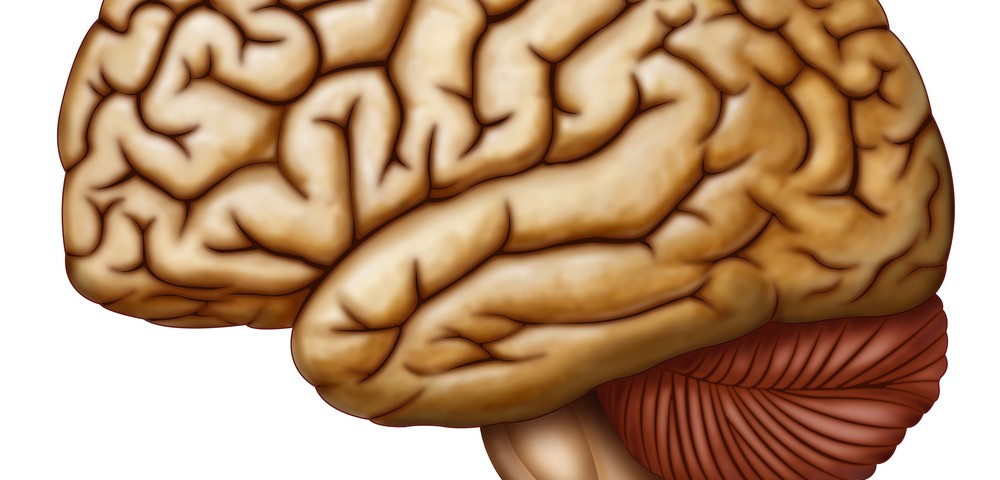Fibromyalgia is a chronic pain condition, marked by distinct symptoms like fatigue, sleeping disorders, cognitive dysfunction, and mood disturbances. But agreement regarding the condition often ends there. Researchers and clinicians assume that sensory processing dysfunctions within the central nervous system are responsible for disease-related pain, but the accurate pathophysiology of fibromyalgia is still unknown — and treatments are still wanting.
One tested hypothesis states that primary motor cortex stimulation reduces pain directly by inhibiting the activity of the lateral thalamus. Patients with fibromyalgia show increased activity and connectivity in pain-processing, although the specific role of the thalamus in the disease is unclear. According to another tested hypothesis, primary motor cortex stimulation results in analgesia, or insensitivity to pain, by facilitating the release of endogenous opioids.
Recently, a noninvasive method called transcranial direct current stimulation (tDCS) has been proposed as a potential treatment for fibromyalgia. Although the exact analgesic mechanisms of repetitive tDCS are not understood, the repetitive application of tDCS has been found to alter functional connectivity in brain regions around the stimulating electrode. A study titled “Changes in resting state functional connectivity after repetitive transcranial direct current stimulation applied to motor cortex in fibromyalgia patients,” published in Arthritis Research and Therapy by University of Michigan researchers, intended to demonstrate how clinically relevant tDCS sessions on the primary motor cortex might alter resting state functional connectivity in patients with fibromyalgia and how these changes are related to chronic pain.
The study demonstrated that treatment alleviated clinical pain in 50 percent of the 12 patients participating — a finding contrary to most pain treatment studies, which achieve clinically meaningful response in only a few participants. Moreover, the effects were associated with long-term reductions in thalamocortical connectivity. The mechanism of analgesia could be explained by the inhibition of increased thalamic activity and the subsequent decreases in functional connectivity.
These observations contradict somewhat the existing literature, which, according to the authors, could be explained by the timing of stimulation and measurement. The study’s small population, however, reduces its statistical power and its single-blinded design limits a generalization of its findings. It is important to note that these results should be interpreted with caution, and several additional studies are needed to replicate such findings at a convincing statistical level before the treatment might be routinely applied in the clinic.

